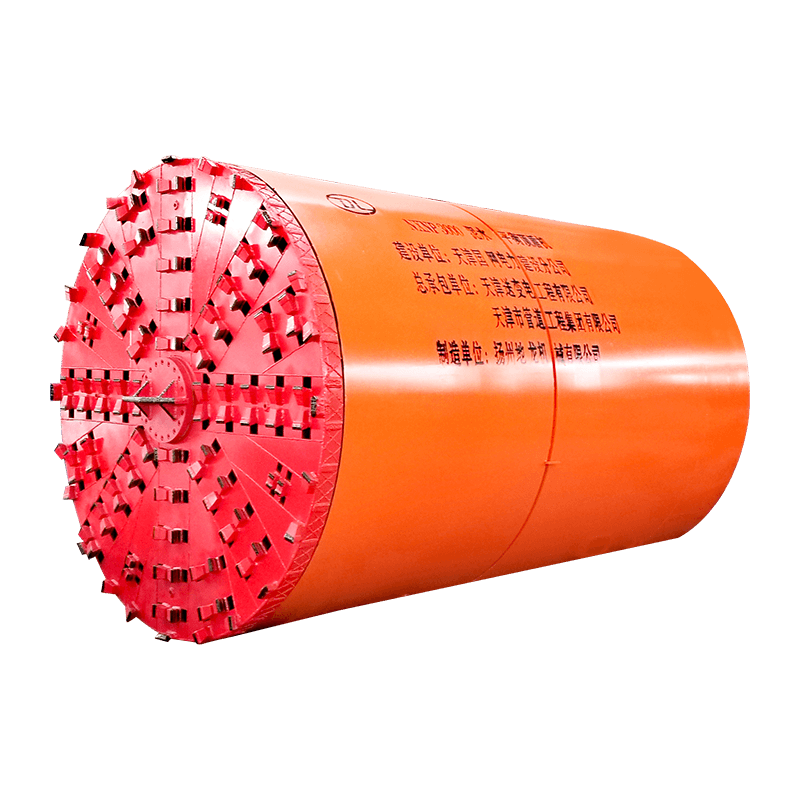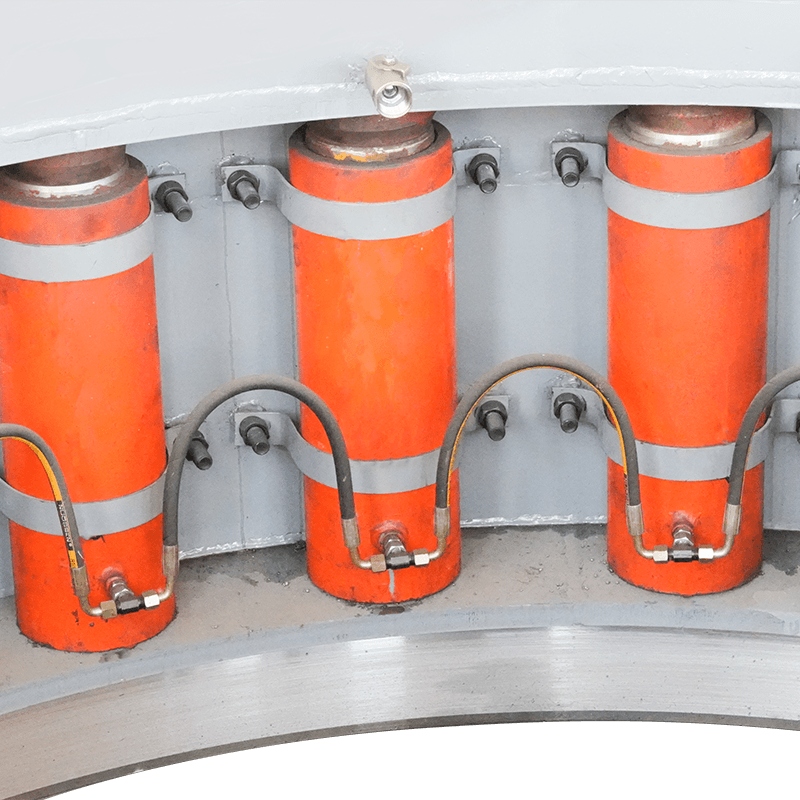When it comes to complex tunneling projects, the Slurry Balance Shield Machine is a workhorse, particularly in challenging ground conditions like soft, water-bearing soil. Its ability to maintain face stability using pressurized slurry is critical for safety and efficiency. To truly understand a machine's capability for a specific project, you need to dive into its specifications. These aren't just numbers; they define the machine's operational limits, power, and suitability for the task at hand.
Key Technical Specifications
1. Machine Diameter (Bore Diameter)
This is perhaps the most fundamental specification. The diameter of the Slurry Balance Shield Machine dictates the size of the tunnel it can excavate. TBMs can range from as small as a few meters for utility tunnels to over 17 meters for major railway or highway projects. The bore diameter also influences the size of all other components, from the cutterhead to the segment erector.
2. Cutterhead Drive System
The heart of the machine is its cutterhead, and its drive system determines the torque and speed available for excavation. Specifications include:
-
Total Installed Power: Measured in kilowatts (kW) or horsepower (HP). This figure represents the total electrical power available to the cutterhead motors.
-
Rated Torque: This is the rotational force the cutterhead can apply to the ground, measured in kilonewton-meters (kNm). Higher torque is crucial for breaking through hard ground or mixed-face conditions.
-
Rotational Speed: The range of speeds at which the cutterhead can rotate, typically specified in revolutions per minute (RPM). A variable speed drive is essential for adapting to different soil types.
3. Thrust System
The thrust system pushes the entire Slurry Balance Shield Machine forward. Its specifications are vital for understanding the machine's ability to advance through dense or abrasive ground.
-
Total Thrust Force: The maximum force the hydraulic jacks can exert, measured in kilonewtons (kN) or tons. This force must overcome frictional resistance and the excavation pressure at the face.
-
Thrust Jack Stroke: The distance the thrust jacks can extend in a single push, which corresponds to the length of the tunnel segments being installed.
4. Slurry System
This is the defining feature of a Slurry Balance Shield Machine, and its specifications are paramount for face pressure control.
-
Slurry Circulation Rate: The volume of slurry that can be pumped to the face and back to the surface, measured in cubic meters per hour (). This rate must be sufficient to remove excavated material and maintain pressure.
-
Slurry Pressure Range: The minimum and maximum pressures the system can maintain at the excavation face, typically in bars or kPa. This range is critical for balancing external groundwater pressure and preventing ground collapse.
-
Slurry Pump Power: The power of the pumps that circulate the slurry.
5. Material Handling System
The efficiency of the Slurry Balance Shield Machine is heavily dependent on how quickly excavated material is removed.
-
Conveyor System Capacity: The rate at which the spoil can be transported out of the machine, measured in . This must be synchronized with the excavation rate.
-
Spoil Discharge System: The method for removing the slurry-spoil mixture from the machine, often involving pipelines and a sophisticated slurry treatment plant on the surface.
Why Specifications Matter
Understanding these specifications is crucial for project planning. An underpowered Slurry Balance Shield Machine might fail to advance in tough ground, leading to costly delays. Conversely, an oversized or overpowered machine might be unnecessarily expensive. By matching the machine's specifications to the project's geological report, tunnel alignment, and required timeline, engineers can ensure a safe and successful outcome.

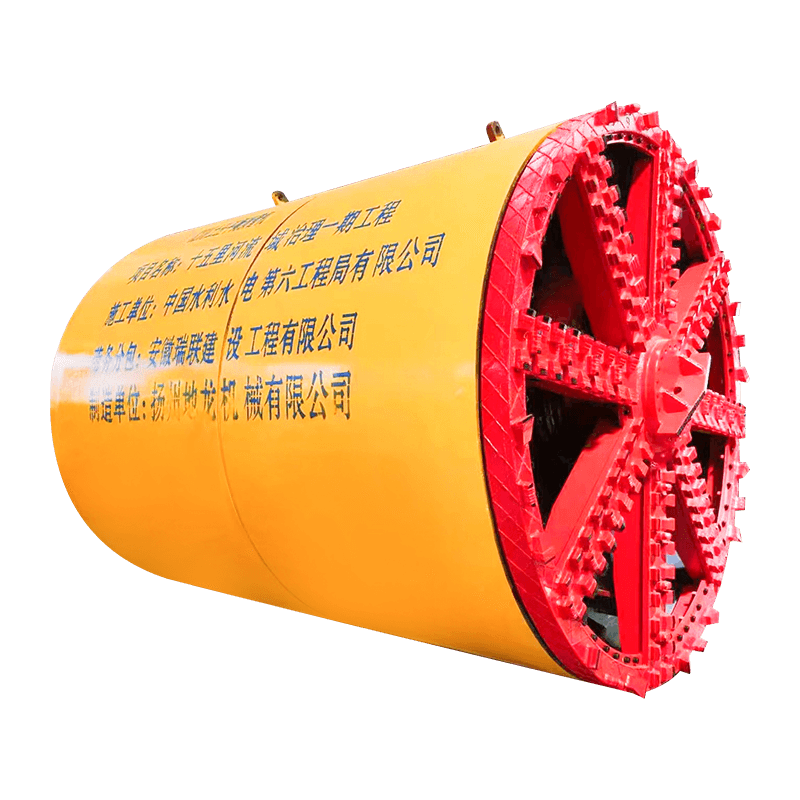
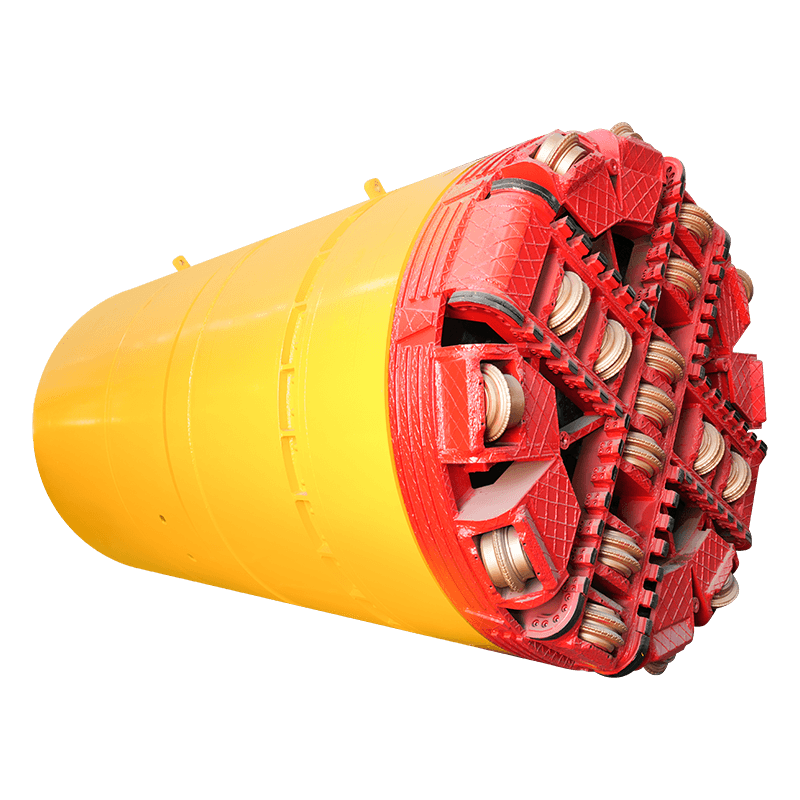

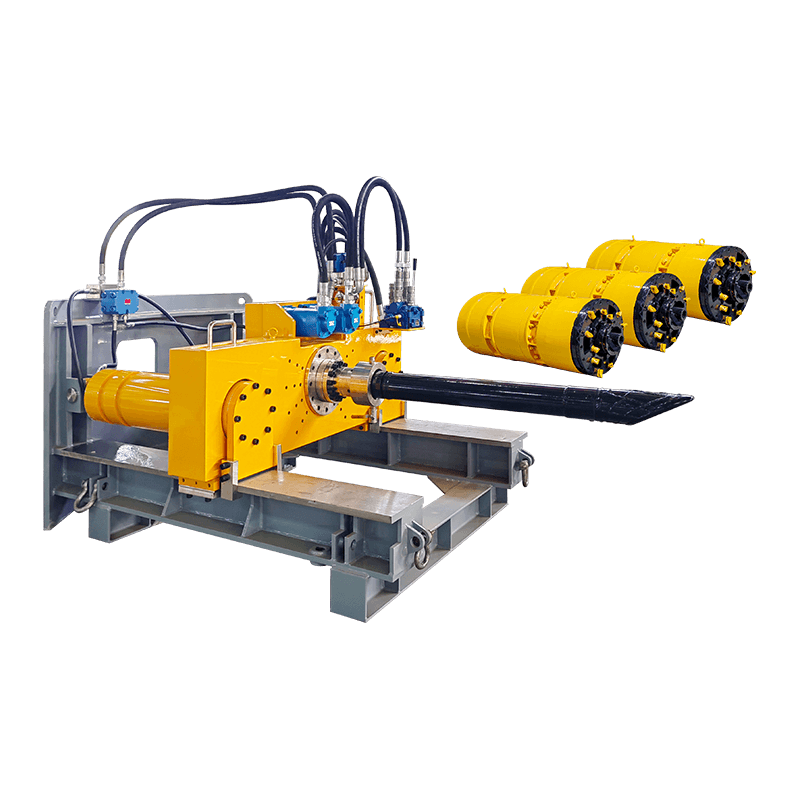
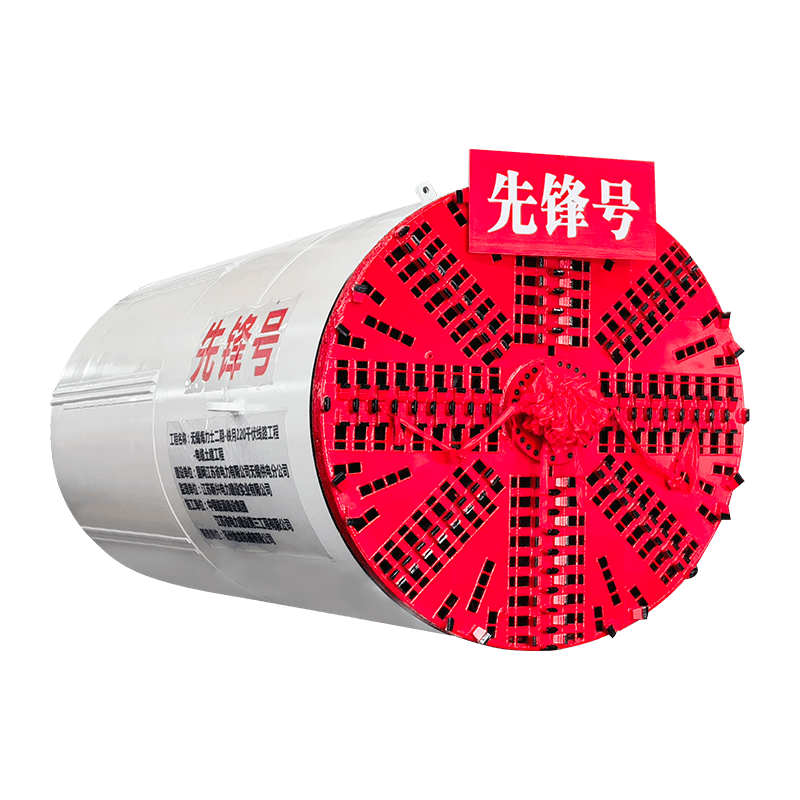
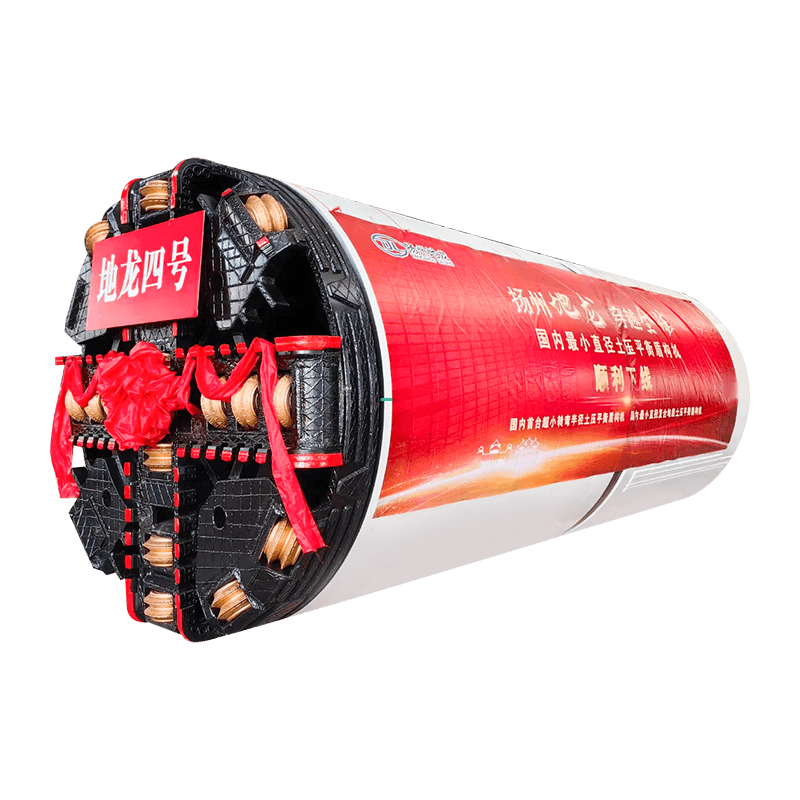

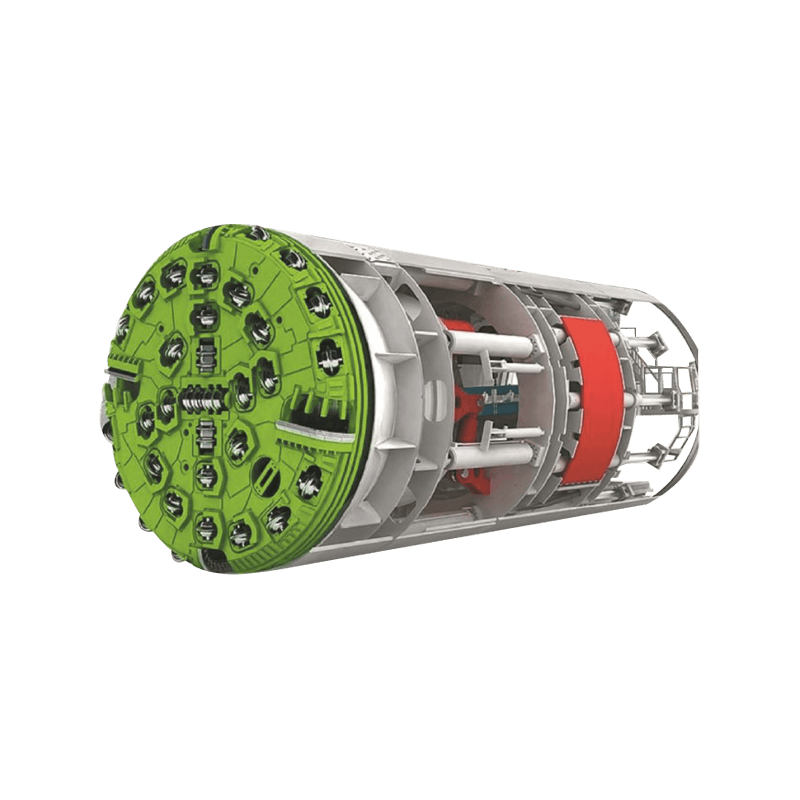
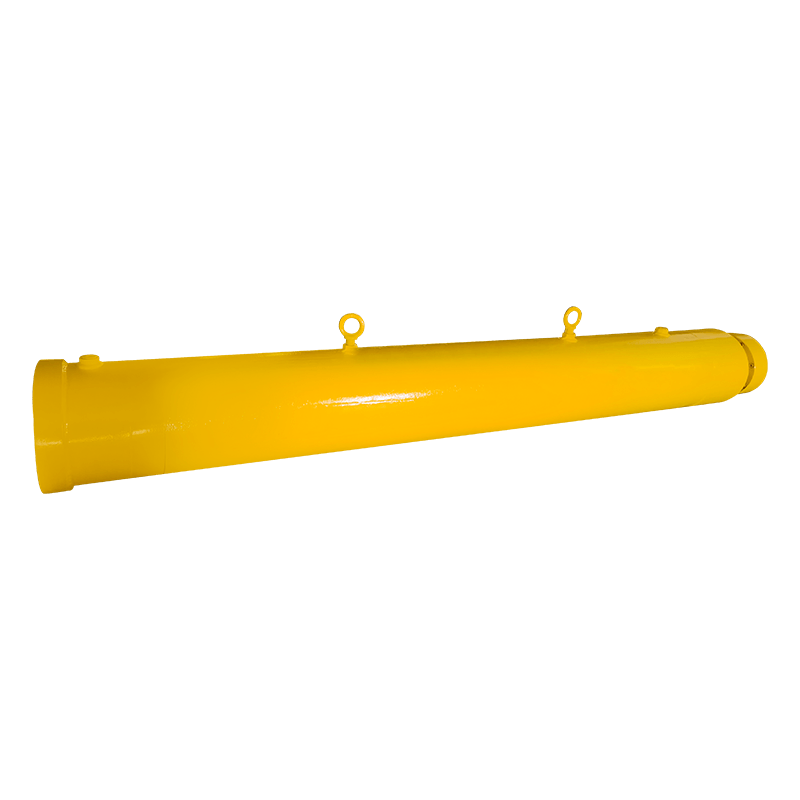



 English
English  русский
русский  عربى
عربى 